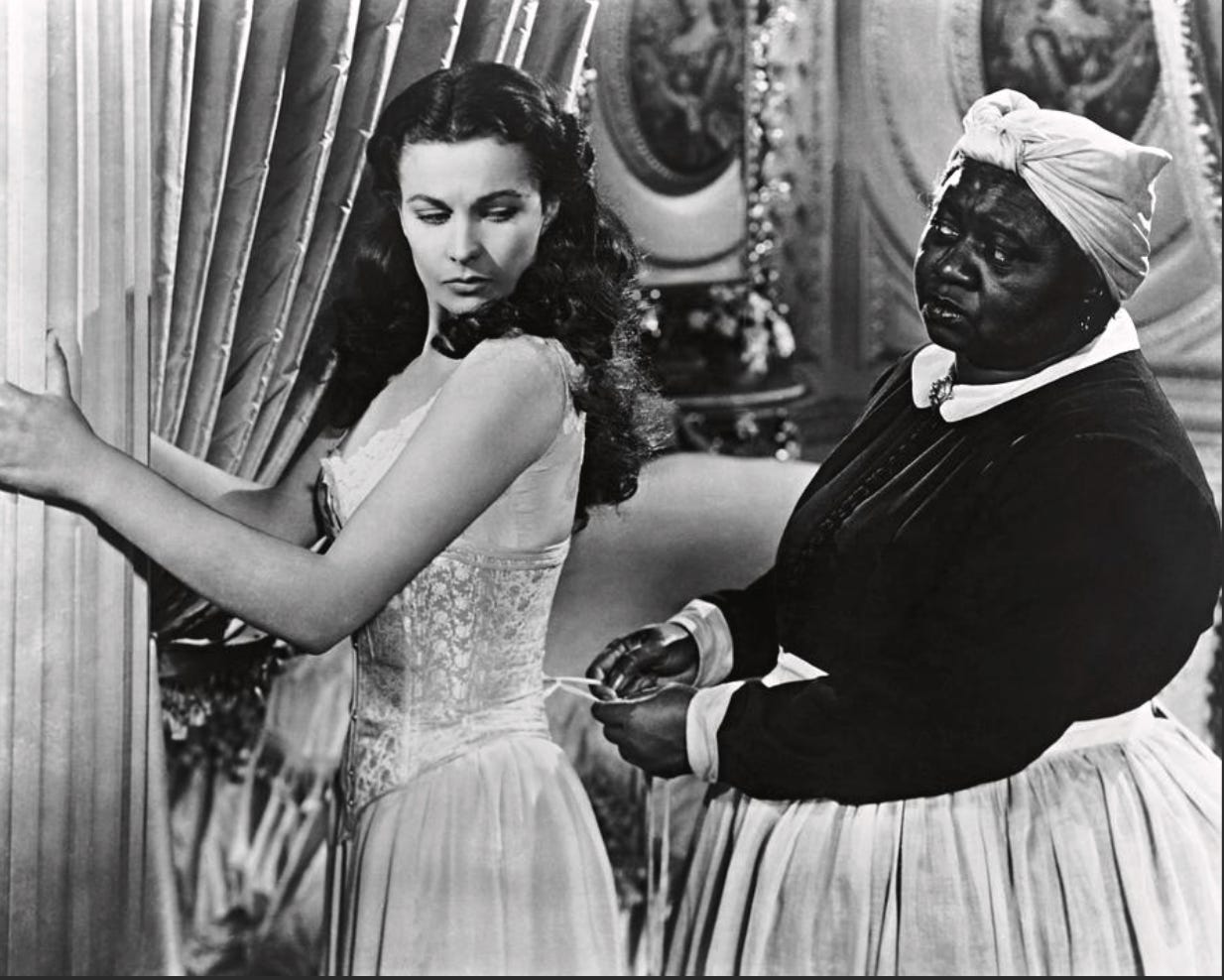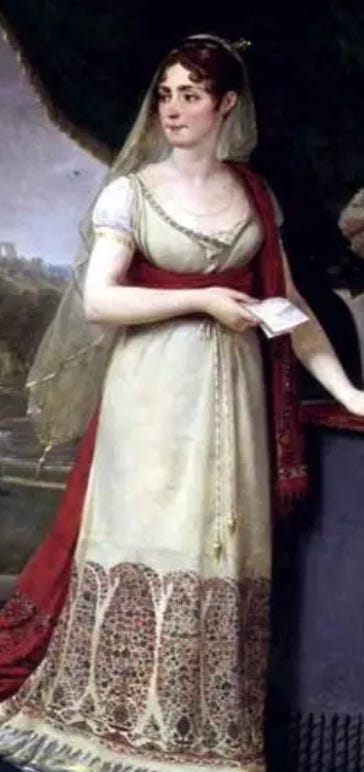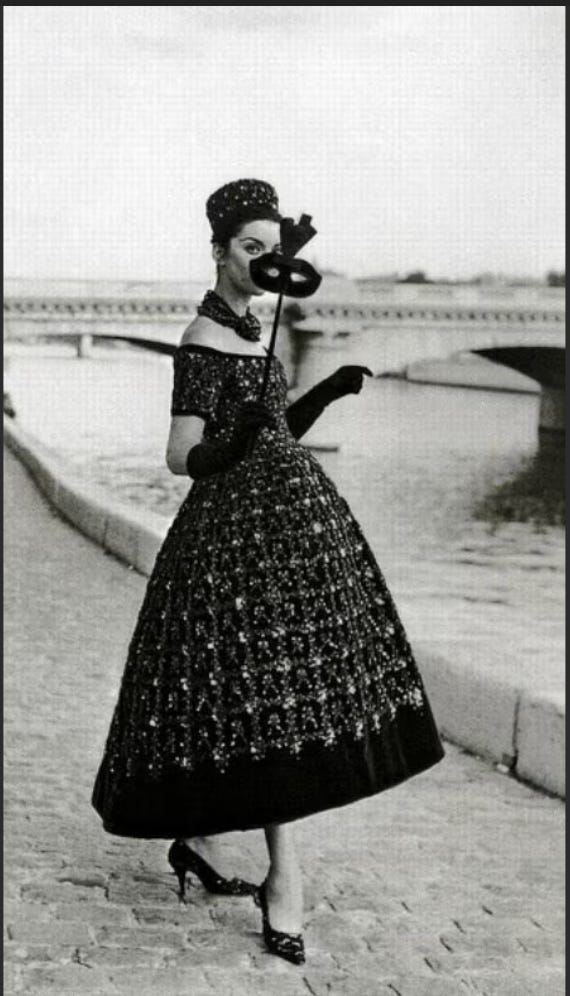One pre-pandemic evening I saw a club kid in a cotton one-piece, strap hanging off his bare shoulder, in the Berlin U-Bahn. Underneath, he was topless. I was shocked by his MDMA-induced sense of safety on big-city public transportation. In the city you dress out of respect for others as much as protection of the self, but in Berlin anything goes, I guess.
Coveralls and overalls were work clothes, meant to protect the body of the mechanic and manual laborer. Onesies are designed for ease of diaper changing. They’re cute and unisex. It’s one thing to be comfortable in public. It’s another to dress as if you might be inviting some one to power your bum.
The hipster onesie projects vulnerability. No waistlines to worry about when you get wasted. The fashion onesie is favored by feminist, liberal women who live in Berkeley. Both types of adult onesie wearers promote friendly, infantile sexuality. The adult onesie produces the polymorphous perverse: in a baby blue one piece, you look like the egg profile picture that Twitter banned in 2012 because of the proliferation of troll accounts that today have become anime avatars.
In my youth, our streetwear projected threats: the porcupine was our spirit animal. Even when we wore underwear as outerwear, as in corsets or fishnets, there was the finishing touch of Doc Martens to temper unwanted reactions to our provocations.
The corset, object of female torture, made a comeback at Lauren Sanchez/Jeff Bezos wedding extravaganza. Many of their female guests also sported the look: boobs pushed into the chin, waists cinched tighter than Scarlet O’Hara’s. Gone with the Wind’s most famous and perhaps most racist scenes feature Vivian Leigh and Hattie McDaniel tugging at the former’s stays.
Corsets are very, very ancien regime – Restoration/reactionary ideology in the form of female clothing. Whalebone corsets and whale bone stiffened skirts drove the whale trade as much as need for cetaceous oil and blubber.
From the French Revolution onward, revolutionary women threw off the rib breaking contraptions. The Emperor Josephine, Napoleon’s wife, scandalized European society when she wore clothing modeled after columnar Roman dresses. The Empire waist hits right under the breast line so that the actual female waist was free and unhindered. French women liberated themselves from the literal prisonhouse that the corset had imposed on their organs of reproduction.
This fashion traveled to England. Global fans of Jane Austen cinematic adaptations are familiar with this style. Every time corsets come back into style (including the 1980s), a restoration of monarchy is afoot. The Bourbon Restoration in France put down the Empire waist and revived the stays and corset. Victorians restored the corset and bustle. Think The Gilded Age. After World War I, Coco Chanel embraced modernity for women: her tailored straight skirt suit telegraphed a modern, streamlined silhouette for women. Elsa Schiaparelli made beautiful dresses along a bias cut, creating an alluring figure without a cinched waist. Neither of these women were particularly progressive politically, but their vision of the clothed woman was definitely modern.
After World War II, the female partisan and Rosie the Riveter had to cede their places to men - Americans followed Parisian fashion – and embraced Yves Saint Laurent’s New Look. Wasp waists were back: billowing wide skirts flowed out from tightly cinched midsections showed off the female slimness and copious use of fabrics, banned during the shortages of the War. The New Look contrasted with the uniformed sobriety of the socialist states and flaunted the consumerist hedonism of the Free World.
Lauren Sanchez’s Dolce and Gabbana corsets are best for displaying silicon breasts and collagen lips. She looks both proud and uncomfortable in her corset. The corset is the opposite of the jewel colored female paintsuit: the first is anti-feminist, the second She-EO feminist with a vengeance. The bodies of rich women are distorted for the pleasure of their billionaire partners. They are aspirational Betty Boops, lacking both elegance and sensuality or Betty’s emancipatory promiscuity: their clothing act as adornments on ornaments The opposition to such reactionary self-styling cannot, however, be either quiet luxury, the biggest fuck you of the rich to the poor OR the adult onesie: the corset and the one-piece are both symptoms of our cultural turpitude. Neither has any relationship to the pleasures of clothing as function and art. Clothing should provide protection, performance, theater, color, texture and style. They should be functional craft oriented pieces of bodily presentation that link us to the past and prepare us for the future.
(edited by Leo Krapp)









There’s a whole subculture of adult babies and grown women who “mother” them. This is all going to go beyond analysis at some point. Maybe not a Freudian or psychoanalysis. But I’m seeing less and less “culture” and more and more “cult”.
Do “elites” behave like this because they know that the tsunami of fractional reserve banking is going to hit soon?
Is it a fuck you or a I’m sorry before heading to their island bunkers? Or both?